Being a handyman/woman is more than just skill. It also requires basic knowledge, research and cost cutting on tool purchases as well as their maintenance. Now, every work requires its own specific tool. However, here comes a case where there exists a wide range of tools for a particular job. So how do you decide on which machine to get? If you’ve never heard of Ryobi or Makita brands, then this is the right article for you. If you have, still, this is also for you as we finally find a winner in the showdown between Ryobi vs. Makita brands.
History of Ryobi and Makita Brands.
The Ryobi brand came into existence following the need for a separate brand by Techtronic Industries decades ago. They are not their own entity but a daughter company of the tech giant that’s famous for manufacturing Milwaukee tools. As the reputation for Milwaukee tools precedes them, Ryobi also follows suit in manufacturing budget friendly power tools. These range from cleaning, mowing, edging, trimming, rocking, driving, and drilling power tools.
On the other hand, Makita isn’t too shabby either. It’s was established in 1958 and is currently based in New Zealand. Unlike Ryobi that manufactures most of its tools in China, Makita is a Japanese company that doesn’t fall under another corporate entity. They are mostly known for manufacturing quality and professional power tools with great warranty deals.
Tool Comparison: Ryobi Vs. Makita.
When you factor in cost, Ryobi tools are generally priced lower than Makita power tools. However, if you’re really on a budget, then the Multi Tool Combo Kit should help you save on cost than buying each tool. Nevertheless, the Ryobi still wins on cost-saving over the Makita. Let’s have a look at each tool and compare it against the competition.
-
Impact Driver.

Ryobi's One+ P236 18V Impact Driver
Ryobi’s champ in this category is the Ryobi One+ P236 18V Impact Driver. The official spec sheet has it with impressive features like 3200 revolutions per minute, a 1600 inch-pound torque power, LED lights as indicators, and a magnetic tray at the bottom for holding extra nails. Other features include a rubber grip to increase friction between it and your hand for a firmer grip as well as long-lasting batteries.
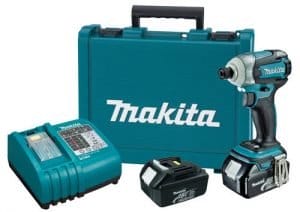
Makita’s LXDT06 18V Impact Driver
Makita’s LXDT06 18V Impact Driver counteracts Ryobi’s champ with an automatic electronic controller that regulates screws impact and rotation speeds. Moreover, the speed is also adjustable to three functions to optimize the battery and increase its working hours. The only downside to it is that it has a 1500 torque driving power.
Winner: Makita.
-
Hammer Drill
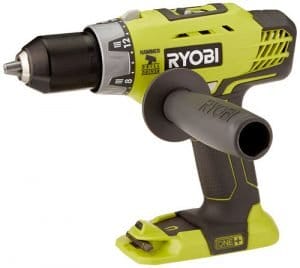
Ryobi P214 One+ 18V Hammer Drill
Stage 2 of our tool comparison brings in the Ryobi P214 One+ 18V Hammer Drill. It has a speed regulator, a gearbox, and a 24-position clutch for switching between different torques. Moreover, you also enjoy the advantage of quickly changing bits using one hand, thanks to its keyless chuck. Battery life is also great, from light to heavy work.
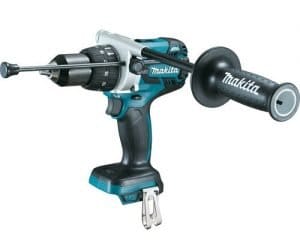
Makita’s XPH07Z Hammer Driver-Drill
Makita’s XPH07Z Hammer Driver-Drill holds the fort for the brand with its 1090 torque capability. Battery life is also great on this with LED lights that help you illuminate your working area. One area that the Makita pulls through over the Ryobi’s Drill is on weight distribution. It weighs about 59 pounds, whereas the Ryobi is quite hefty.
Winner: Ryobi
-
Circular Saw.
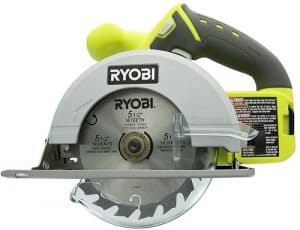
Ryobi’s P504G circular saw
For your wood splicing needs, Ryobi’s P504G offers you the best precision with its fine-tuning capabilities. You can adjust the depth of cutting from 0 up to 16/19 inches and a scale that measures both to the right and left.
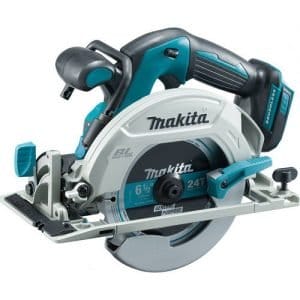
Makita's XSH03Z 18V Circular Saw
Makita’s similar offerings is the XSH03Z 18V Circular Saw that has a power BL Motor capable of delivering up to 5000 RPM torque. You can regulate the speed and easily lift it as it is lighter at only 7.3 pounds. The only advantage of the Ryobi’s circular drill is the weight issue.
Winner: Ryobi
-
Miter Saw.

Ryobi’s TSS1-2L Sliding Miter Saw
Closely related to the circular saw is the miter saw comparison. Ryobi’s TSS1-2L Sliding Miter Saw has about 10 inches a of sliding miter saw guided by a laser. It achieves the most accurate cuts with its 10-inch carbide-tipped blade and an electric brake for stopping it. When you purchase it, you’ll also get some few table extensions and a precise laser.

Makita’s LS1019L 10 Inch miter saw
On the other hand, Makita’s LS1019L 10 Inch miter saw delivers more than expected. It has 15AMP of juice that will provide 3200 RPM torque power for faster cutting. For those precise line cutting, it relies on 6 linear ball bearings cross-cutting at 900. Finally, you can also cut vertically with this baby thanks to the guard system and direct drive gearbox. Older models like the LS1016L were discontinued by the manufacturer to offer these improvements.
Winner: Makita
Verdict.
Ryobi’s power tools stack up well against Makita’s brand. They offer the best deals and save you on cost. However, if money is not an issue or you prefer quality, then go for Makita’s tools. They are generally more pleasing to use, offer greater battery life, easy on weight distribution and have the best warranty deals depending on where you purchase is. Nonetheless, the differences between the two aren’t night and day and it all comes down to preference as both can deliver just about the same amount of work.







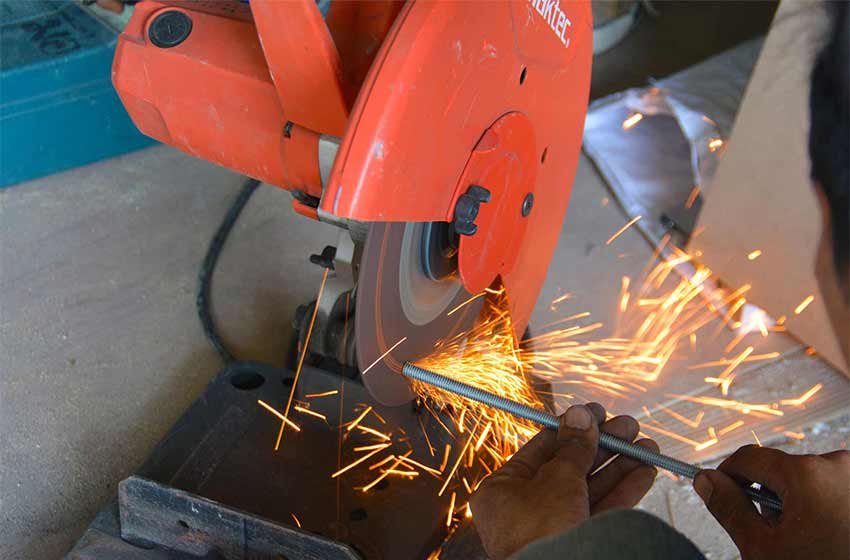



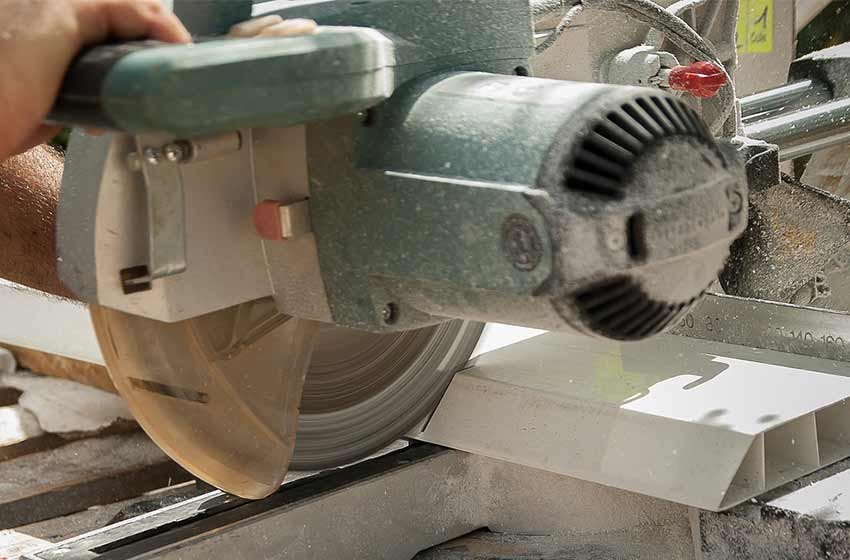



Really, these tools are very useful.
This is also a requirement of every household, all of these are needed in office, company, etc.
I personally like Makita better. Although I can't say that I have to use Ryobi much. I have used so many tools of Makita for an extended amount of time. but Ryobi never seemed like I would go for.
I’ve used Royobi and Mikita for years . My royobi are the old blue style, I’ve two drills (original kit) a circular saw( not so impressive on torque) and a hedge trimmer. I’d have to agree with the article. Nothing wrong with royobi but makita are nicer to use. You do need to upgrade the royobi batteries though. Atleast a 2.5 ah . I’m just about to replace on of my batteries for a 5ah.